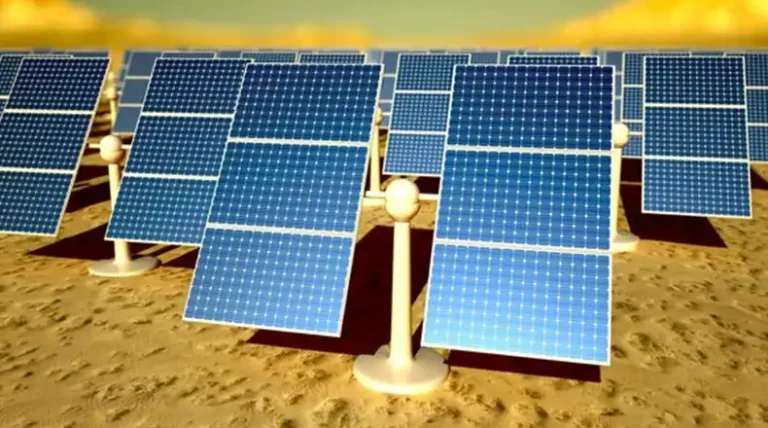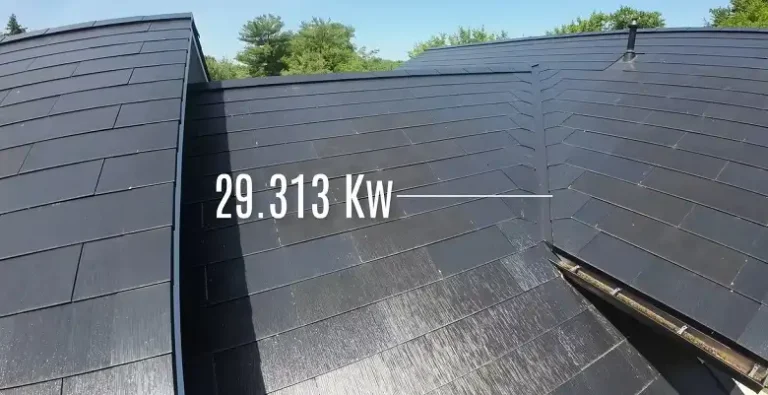How Do I Know If My Solar Panels Are Connected To The Grid?
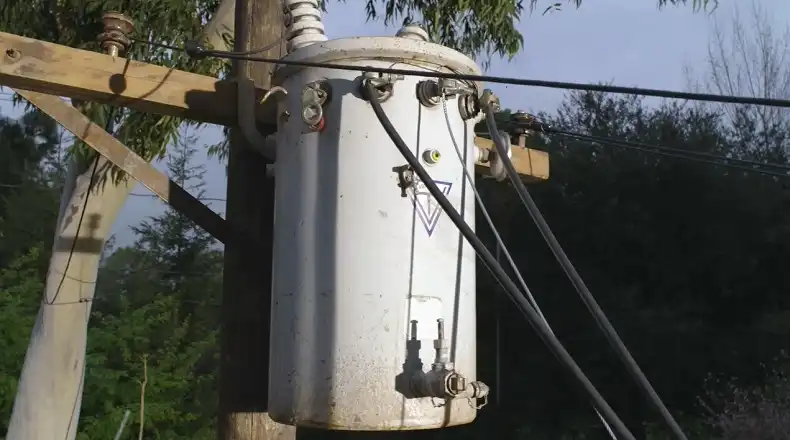
Determining whether your solar panels are connected to the grid is crucial for understanding your energy setup and maximizing its benefits. The simplest way to know if you’re grid-connected is by checking your monthly electric bill.
If you receive a statement from your utility company, even if you owe nothing, your solar system is likely grid-tied.
Grid-connected systems typically don’t require large battery banks, unlike off-grid setups which must have substantial energy storage.
Remember, solar panels themselves can be used in both grid-tied and off-grid systems – it’s the overall system configuration that determines the connection type.
In this article, we’ll explore various methods to confirm your solar panel’s grid connection status and help you understand the implications for your home energy system.
Signs Your Solar Panels Are Grid-Connected
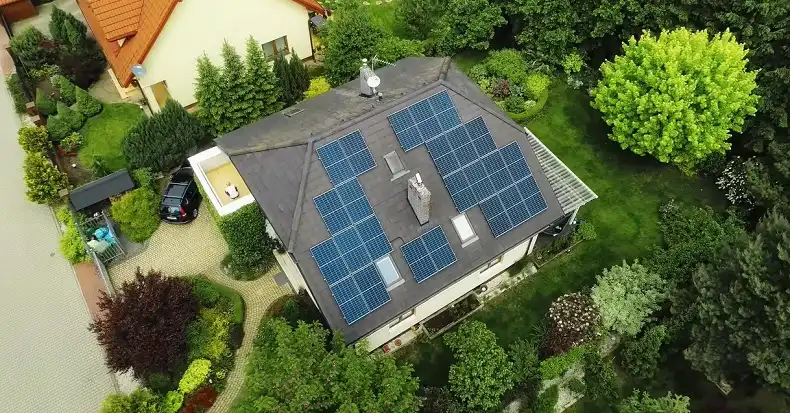
When it comes to determining if your solar panels are connected to the grid, there are several key indicators to look out for. Let’s explore these signs in detail to help you understand your solar setup better.
1. Monthly Electric Bills
One of the most straightforward ways to know if your solar panels are grid-connected is by checking your monthly electric bills. If you’re still receiving statements from your utility company, it’s a strong indication that you’re on the grid. Here’s what to look for:
- Bill Continuity: Even if your bill shows a zero balance or credit, the fact that you’re receiving regular statements means you’re still connected to the grid.
- Net Metering Credits: Look for any mentions of credits or energy exported back to the grid. This is a clear sign of a grid-connected system.
- Service Charges: Some utility companies may charge a minimal fee for grid connection, even if you’re not drawing power from it.
2. Presence of Net Metering
Net metering is a billing mechanism that credits solar energy system owners for the electricity they add to the grid. If your system has net metering, it’s definitely grid-connected. Here’s how you can identify net metering:
- Bi-Directional Meter: Check if your electric meter runs backwards when your system produces more energy than you’re using.
- Credits on Bill: Look for line items on your bill that show credits for excess energy production.
- Annual True-Up: Some utilities provide an annual reconciliation of your energy production and consumption.
3. Absence of Large Battery Banks
Grid-tied systems typically don’t require large battery banks for energy storage. If your solar setup doesn’t include significant battery storage, it’s likely grid-connected. Consider these points:
- Limited or No Batteries: Grid-tied systems may have small batteries for backup, but they don’t rely on them for daily energy storage.
- Inverter Type: Grid-tied systems use special grid-tie inverters that don’t work with batteries.
- Continuous Power Supply: If your home still has power during the night or on cloudy days without large batteries, you’re probably grid-connected.
Understanding Grid-Tied vs. Off-Grid Systems
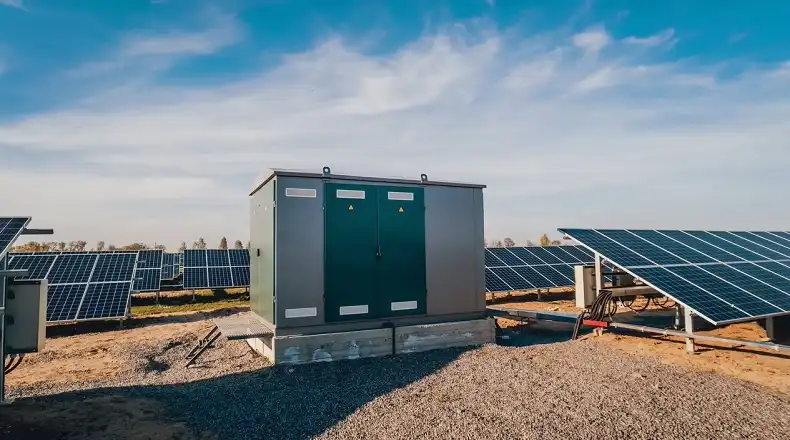
To fully grasp whether your solar panels are connected to the grid, it’s essential to understand the fundamental differences between grid-tied and off-grid systems. Let’s break down these two types of solar setups and their characteristics.
Grid-Tied Systems
Grid-tied solar systems are the most common type of solar installation for residential and commercial properties. They offer several advantages and have distinct features:
- Connection to Utility Grid
- Seamless integration with the existing power grid
- Ability to draw power from the grid when solar production is low
- No need for battery storage (though it can be added for backup)
- Net Metering Benefits
- Excess power is sent back to the grid, often for credit
- Potential for lower electricity bills or even credits from the utility company
- Simplified system design and lower installation costs
Grid-tied systems are ideal for areas with reliable grid power and favorable net metering policies. They provide the flexibility of using both solar and grid electricity as needed.
Off-Grid Systems
Off-grid solar systems are completely independent of the utility grid and require careful planning to ensure consistent power supply. Here are their key characteristics:
- Battery Storage Requirements
- Large battery banks are essential to store excess energy for use when the sun isn’t shining
- More complex system design to ensure sufficient power storage and generation
- Higher upfront costs due to the need for batteries and additional components
- Energy Independence
- Complete freedom from utility companies and grid-related issues
- No monthly electric bills (but higher maintenance and replacement costs over time)
- Ideal for remote locations where grid connection is not available or prohibitively expensive
Off-grid systems require more careful energy management and typically involve a backup generator for periods of low solar production or high energy demand.
Checking Your Solar System Components
To further determine if your solar panels are connected to the grid, it’s helpful to inspect the components of your solar system. These physical elements can provide clear indications of your system’s setup. Let’s examine the key components to check:
1. Inverter Inspection
The inverter is a crucial component of your solar system, converting DC power from your panels to AC power for home use. Here’s what to look for:
- Grid-Tie Inverter: If you have a grid-tie inverter, it’s a clear sign that your system is connected to the grid. These inverters are designed to synchronize with grid power.
- Off-Grid Inverter: These are typically larger and more complex, often combined with charge controllers for battery management.
- Hybrid Inverter: Some systems use hybrid inverters that can work both on and off-grid, often with battery backup.
Take a moment to locate your inverter and look for any labels or model numbers. You can often determine the type of inverter by searching for its model online.
2. Meter Configuration
Your electric meter can provide valuable information about your grid connection:
- Bi-Directional Meter: If you have a meter that can run backwards or shows two sets of numbers (for incoming and outgoing electricity), you’re likely grid-connected.
- Smart Meter: Many utilities have installed smart meters that can precisely track energy flow in both directions, a common feature of grid-tied systems.
- Multiple Meters: Some grid-tied systems have a separate solar production meter in addition to the utility meter.
Check your meter(s) and observe if there are any indicators of bi-directional energy flow.
3. Presence of Disconnect Switches
Grid-tied systems typically have specific safety features required by utility companies:
- AC Disconnect: This is a switch that allows the utility company to disconnect your solar system from the grid for safety reasons.
- Visible Disconnect: Often, this switch needs to be easily accessible and visible from the street for utility workers.
- Labeling: Look for labels near your electrical panel or meter that indicate the presence of solar power and grid connection.
These disconnect switches are a safety requirement for grid-tied systems and are not typically present in off-grid setups.
Consulting Your Solar Installation Documents
If you’re still unsure about your solar panels’ grid connection after checking the physical components, your installation documents can provide definitive answers. These papers contain crucial information about your system’s design and setup. Let’s explore what to look for in these documents:
1. System Specifications
Your solar installation should come with detailed specifications about the system. Here’s what to look for:
- System Type: The documents should clearly state whether your system is grid-tied, off-grid, or hybrid.
- Equipment List: Look for mentions of grid-tie inverters or other grid-specific components.
- System Size and Output: Grid-tied systems often have larger capacities as they can feed excess energy back to the grid.
- Wiring Diagram: This schematic should show how your system connects to your home’s electrical system and potentially to the grid.
Take some time to review these specifications. If you’re having trouble interpreting them, don’t hesitate to contact your solar installer for clarification.
2. Interconnection Agreement
For grid-tied systems, there should be an interconnection agreement with your utility company. This document is crucial:
- Utility Approval: It shows that your utility has approved your system to connect to the grid.
- Net Metering Details: The agreement should outline how excess energy is credited or compensated.
- Safety Requirements: It may list specific safety features required for grid connection.
- System Limits: Some agreements specify maximum system sizes or output limits.
If you have this agreement, it’s a clear indication that your system is grid-connected. If you can’t find it, contact your utility company or solar installer to request a copy.
Monitoring Your Solar Production and Consumption
Understanding how your solar panels are performing and how your home is using energy is crucial for maximizing the benefits of your solar system. This information can also help confirm whether your system is grid-connected. Let’s explore two main ways to monitor your solar setup:
Solar Monitoring Systems
Many modern solar installations come with dedicated monitoring systems. These tools provide valuable insights:
- Real-Time Production Data: See how much energy your panels are producing at any given moment.
- Historical Performance: Track your system’s output over time, helping you spot any issues.
- Grid Interaction: For grid-tied systems, these monitors often show when you’re feeding energy back to the grid or drawing from it.
- Mobile Apps: Many monitoring systems offer smartphone apps for easy access to your data.
If you have such a system, spend some time exploring its features. The presence of grid interaction data is a clear sign that you’re connected to the grid.
Utility Company Portal
Many utility companies now offer online portals or apps that provide detailed information about your energy usage:
- Net Metering Data: If you’re grid-tied, you should see information about energy sent to and received from the grid.
- Time-of-Use Information: Some portals show when you’re using grid power versus solar power throughout the day.
- Bill Estimates: These tools often provide up-to-date estimates of your current bill based on your energy production and consumption.
- Historical Comparisons: You can often compare your energy patterns before and after solar installation.
Check if your utility company offers such a portal and register if you haven’t already. The information provided can be invaluable in understanding your grid connection and optimizing your energy usage.
By regularly monitoring your solar production and home energy consumption, you can:
- Confirm your grid connection status
- Identify times when you’re relying more heavily on grid power
- Adjust your energy habits to maximize solar usage
- Spot potential issues with your system early
Remember, while these monitoring tools are incredibly useful, they’re not foolproof. If you notice any discrepancies or have concerns about your system’s performance, it may be time to seek professional help, which we’ll discuss in the next section.
When to Seek Professional Help
While the methods we’ve discussed can help you determine if your solar panels are connected to the grid, there may be situations where professional assistance is necessary. Let’s explore when and why you might need to consult an expert:
Unclear System Setup
If you’re still unsure about your system’s grid connection after following the previous steps, it’s time to call in a professional. This might be necessary if:
- You’ve recently moved into a home with an existing solar system and lack documentation.
- Your system appears to have both grid-tied and off-grid components, suggesting a hybrid setup.
- You’re unable to access or interpret your system’s monitoring data or utility information.
In these cases, a solar technician can perform a thorough inspection of your system and provide definitive answers about its configuration.
Performance Concerns
Even if you’re certain about your grid connection status, there may be times when professional help is needed to address performance issues:
- Unexpected Changes in Energy Production: If you notice a significant drop in your solar output that isn’t explained by weather or seasonal changes, it could indicate a problem.
- Discrepancies in Billing: If your electric bills don’t align with your expectations based on your solar production, a professional can help identify the cause.
- Grid Connection Issues: If you’re experiencing frequent power outages or problems with your system disconnecting from the grid, expert diagnosis is crucial.
- Upgrade Considerations: If you’re thinking about adding batteries to a grid-tied system or considering going off-grid, professional advice is invaluable.
When seeking professional help, consider the following:
- Contact your original solar installer first, as they’re familiar with your specific system.
- If that’s not possible, look for certified solar technicians in your area.
- Prepare all available documentation about your system for the technician’s review.
- Be ready to describe any changes or issues you’ve noticed with your system’s performance.
Remember, regular maintenance and occasional professional check-ups can help ensure your solar system continues to operate efficiently, whether it’s grid-tied or off-grid.
In the next and final section, we’ll summarize the key points we’ve covered and offer some concluding thoughts on understanding your solar panel’s grid connection status.
Final Words
Understanding whether your solar panels are connected to the grid is crucial for maximizing the benefits of your solar investment and managing your home’s energy effectively.
We’ve explored several methods to determine your system’s grid connection status, from checking your electric bills and system components to consulting installation documents and monitoring tools.
Remember, whether your system is grid-tied, or off-grid, regular monitoring and maintenance are essential for long-term efficiency and reliability.
By staying informed about your solar panel’s grid connection and performance, you can make the most of your clean energy investment and contribute to a more sustainable future.

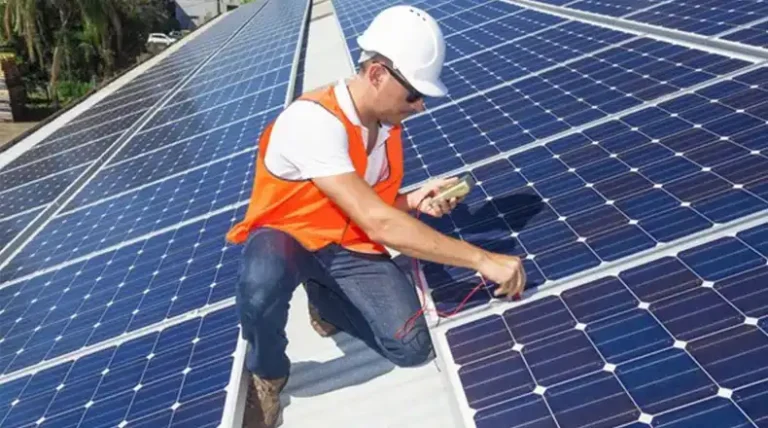
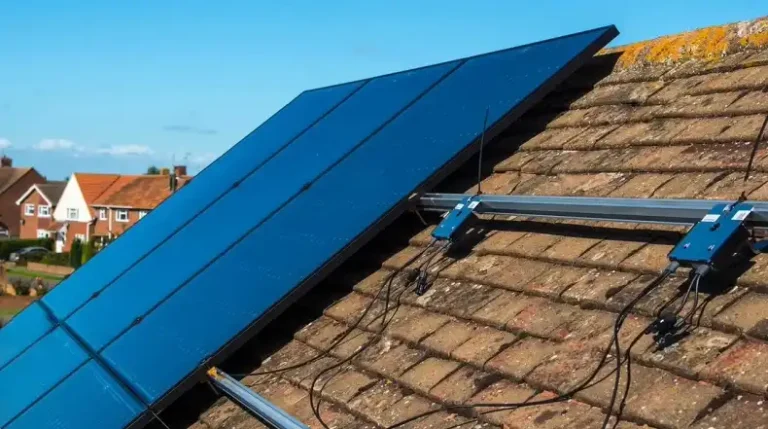
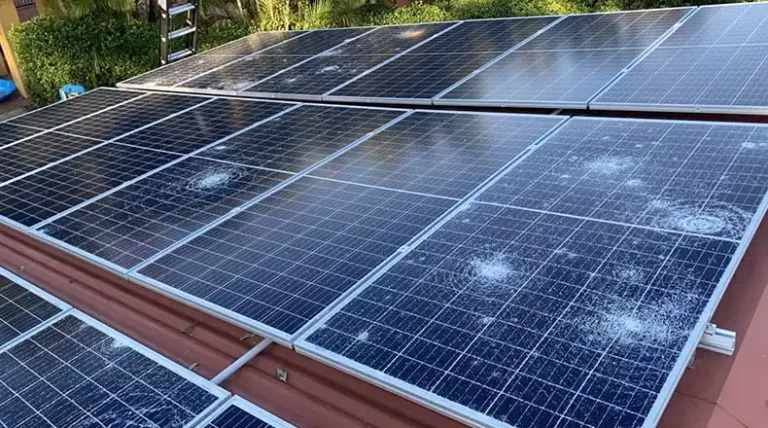
![Best Solar Companies in San Jose | [2024 Guide]](https://www.itekenergy.com/wp-content/uploads/2024/03/Best-Solar-Companies-in-San-Jose-768x428.webp)
